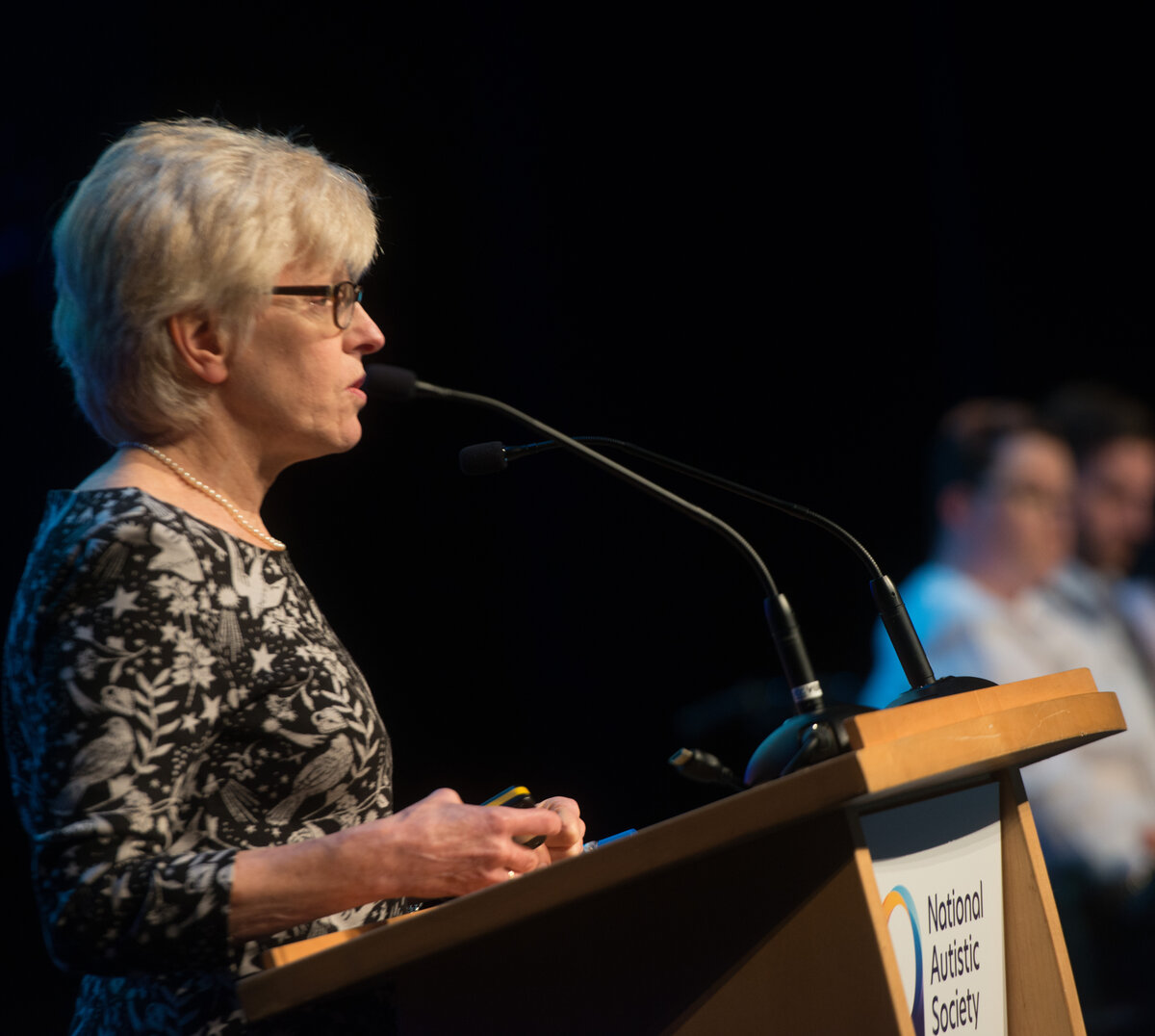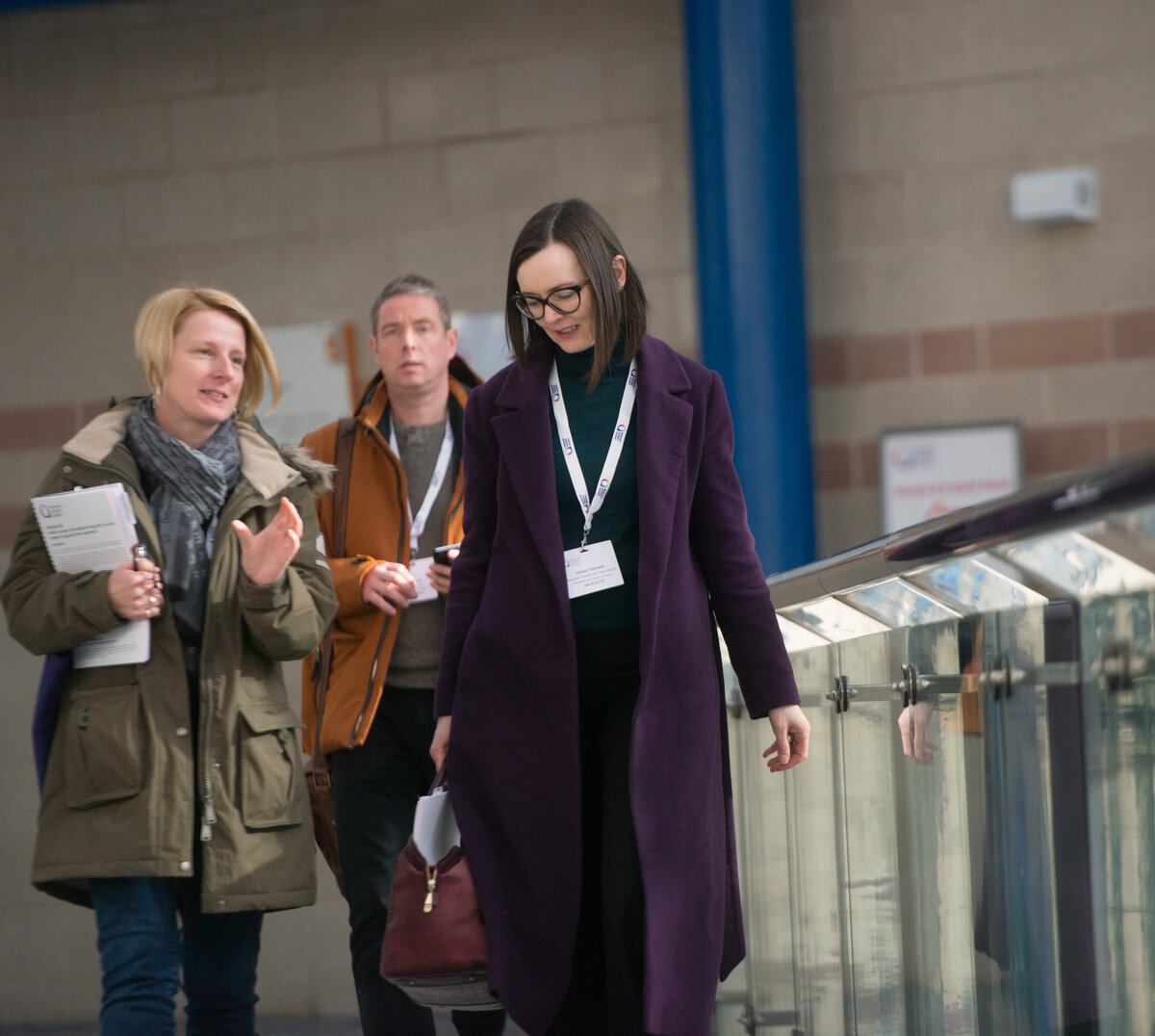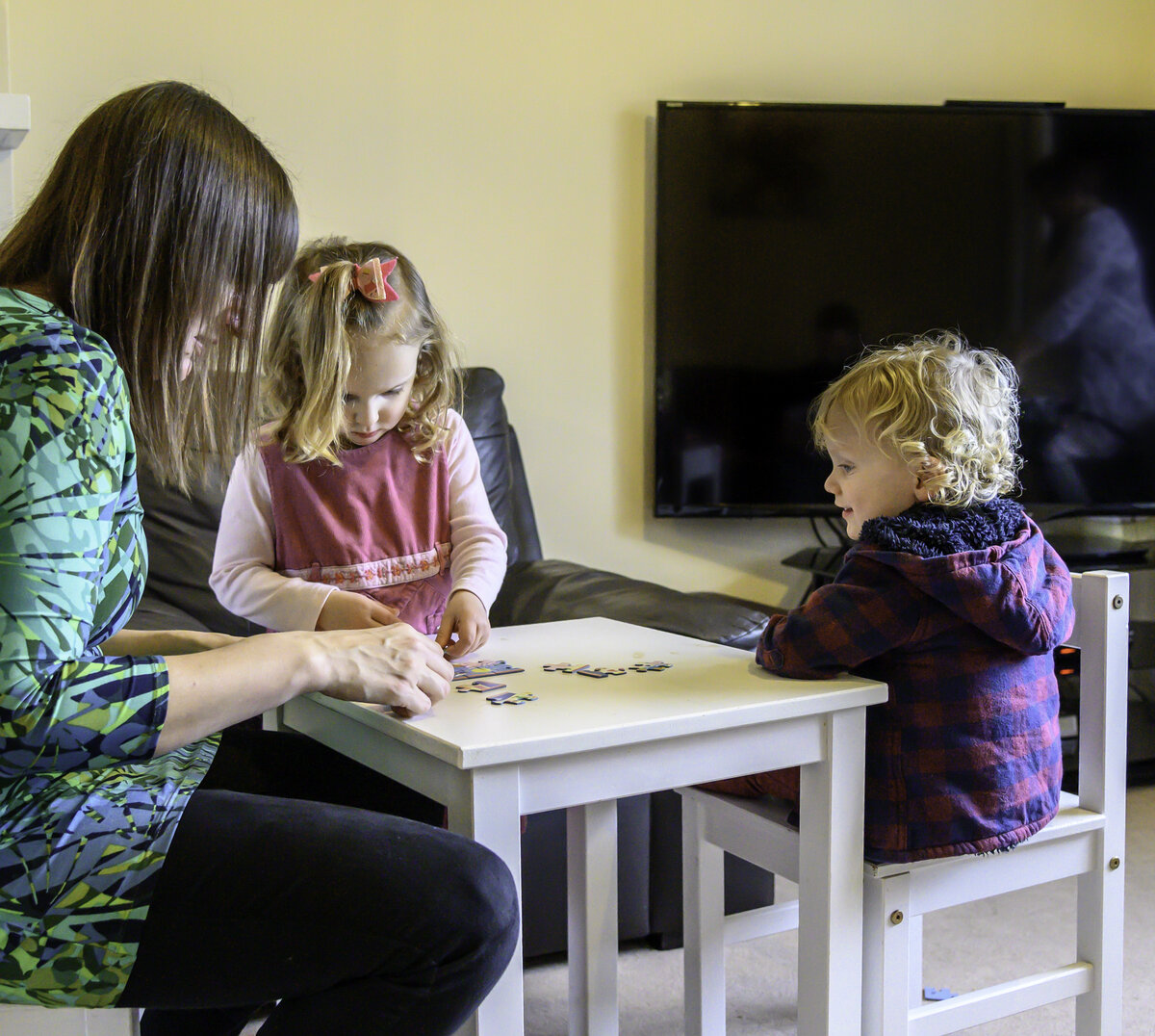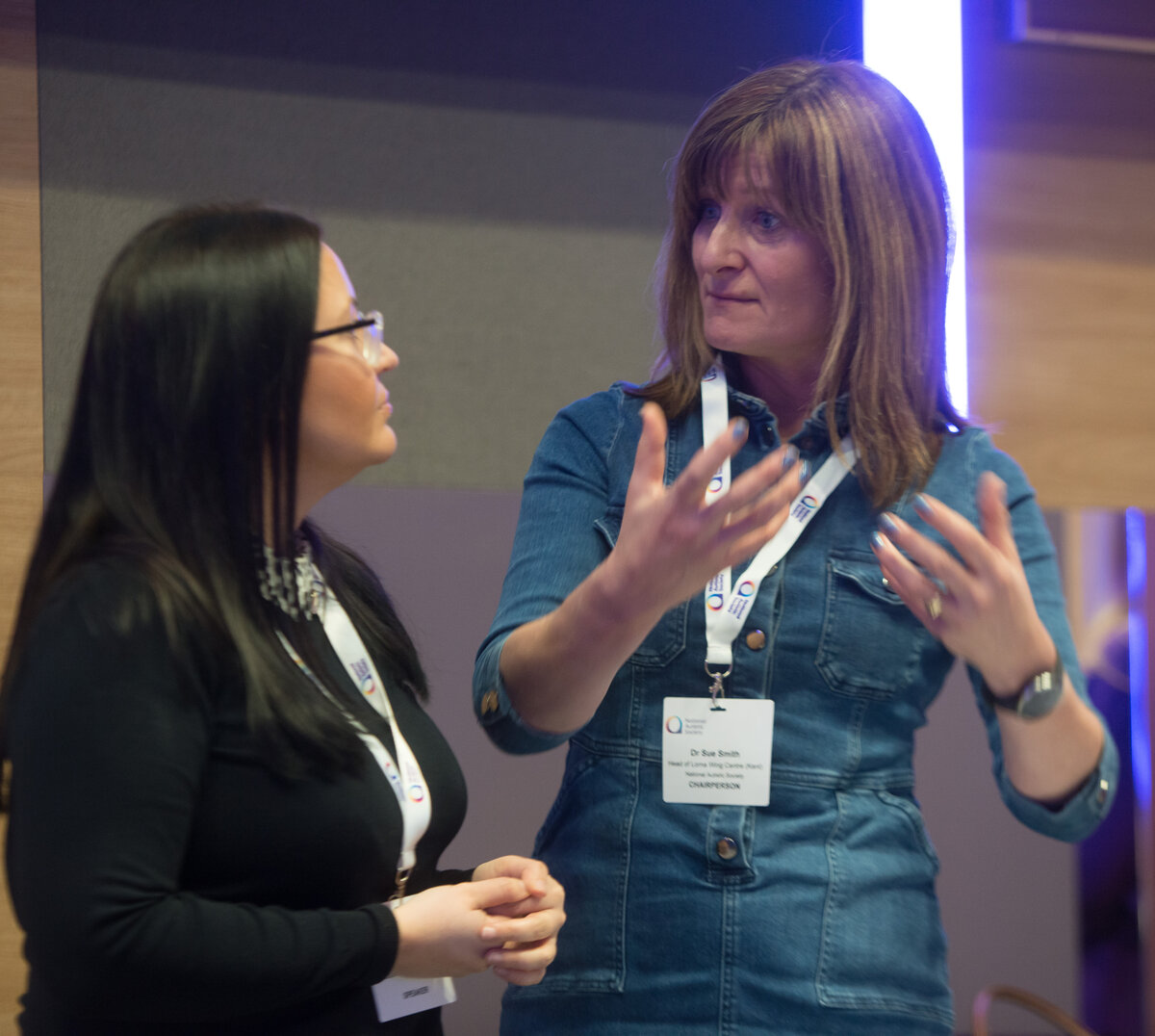Leaving school: transition planning for autistic pupils
Published on 23 March 2017
Author: Rachel Babbidge
Rachel Babbidge, Transition Support Service Coordinator at the National Autistic Society, explains how to use a person centred planning approach to support young people as they transition into adulthood.
Leaving school can be a daunting experience for any young person. For autistic young people the process may be even more challenging. In addition to the many options available, there are important questions to be asked about what support will be needed and how this can be accessed.
For a transition to be successful it is essential that the planning process begins early, and considers not only the views of family and professionals but also centres on the young person themselves. Planning to leave secondary school can be a long and difficult process; autistic young people often struggle to effectively communicate their views on what is happening next in their lives.
One planning strategy commonly used during the transition to adulthood is called Person Centred Planning (PCP). This approach is designed to ensure that a young person and their interests are central during preparations for their own future. PCP aims to strengthen a young person’s voice to ensure their views and wishes are always considered by all those involved in the transition process. This is crucial, as it ensures that transition is well managed and personalised for each individual, rather than slotting them into whatever service is convenient.
How to use a PCP approach
To gather all the information needed to ensure transition planning is person centered, young people should be actively involved by attending a planning meeting in which their own views are presented. The meeting facilitator should work with the young person prior to the occasion to make it is as accessible to them as possible.
In some cases this means working creatively if the young person finds face to face situations difficult, so use alternative methods such as written information, photos, videos etc. It is the facilitator’s responsibility to ensure that the young person’s input is recognised in a way that is appropriate and meaningful to them. The facilitator is also responsible for recording what is shared during the meeting.
The people who are involved with this process are often referred to as the ‘Circle of Support’, they are all the people who are important to the young person and involved with their transition. The facilitator should work with the young person and/or people who know them best to know who to invite to the meeting.
The meeting will cover a range of topics using a person centred approach to explore the young person’s perspective. Questions are asked to establish the young person’s interests, wishes for the future and how to ensure their needs are met to provide a good quality of life.
These questions could include:
- “What is great about me?”
- “What I like”
- “How to keep me healthy and safe”.
These responses can be used to learn what a young person might like to do in the future, for example if a young person advocates that they really enjoy being with animals, the transition plan could explore college courses in animal care.
It is vital that each transition and/or annual review meeting addresses both the young person’s current and future needs. This will ensure that person centred planning remains current and relevant throughout the transition process.
Following the meeting, an action plan will be created from the points identified. This will identify outcomes and future actions to facilitate person-centered change. These outcomes describe the specific things that the young person will require over a short period to help them achieve their long term aspirations and must be specific, measurable and achievable. Providing a structured approach based on the young person should ensure a much smoother and successful transition to adult life.













